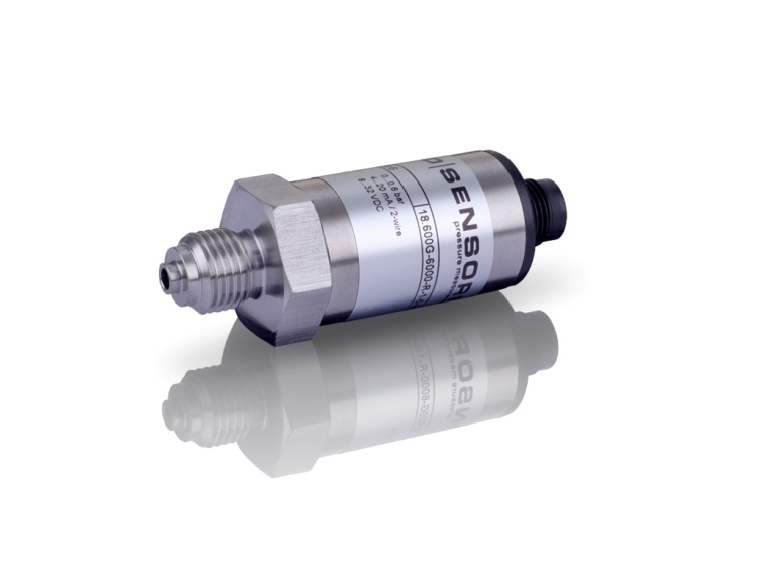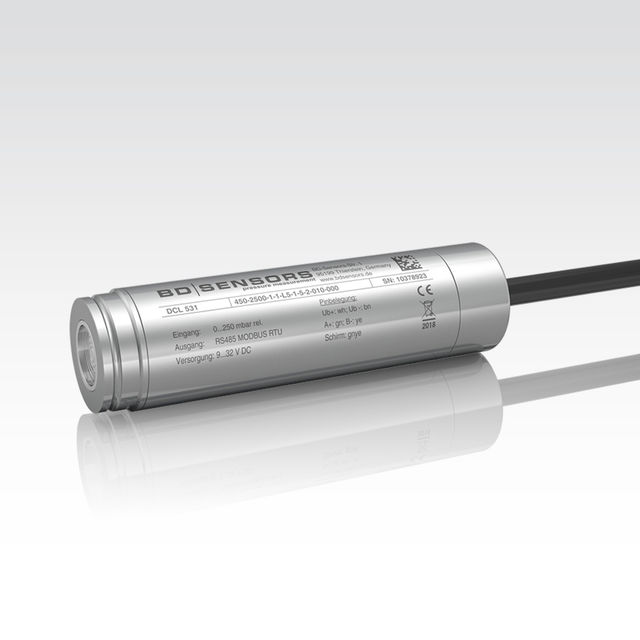The materials and media used in this industry are hazardous, toxic, explosive, flammable, and corrosive, making them highly dangerous. Therefore, it is essential that the sensors used for these processes function correctly, are dependable, and are accurate in order to keep everyone involved safe. There are many types of sensors involved in chemistry and petrochemistry, but the most common are pressure, temperature, and level/fill.
Pressure Sensors
While pressure sensors may vary in technology, design, and cost, in the chemistry and petrochemistry industry, these sensors need to be durable. This is because the pressures are often highly dynamic, so sensors need to be sustainable for heavy usage.

Applications
- Monitoring tanks or vessels for fluids and gasses
- Monitoring distillation columns and supply systems for fluids and gasses
- Operating hydro-cyclones
- Controlling expansion turbines
- Measuring inlet, outlet, or system pressure in an engine test setup
- Measuring pressure drops in a line for preventive maintenance
- Isolating a water pipe leak
- Identifying a gas leak
- Monitoring gas and pump pressure
- Measuring pressure in a high-temperature and high-temperature steam environments
- Monitoring flow rates
- Taking Baghouse measurements
- Maintaining pressure in food and beverage lines
- Measuring the pressure of slurry/slush using a flush diaphragm pressure transducer
- Sanitary pressure transducers in the bio or pharmaceutical industry
Level/Fill Sensors
Level sensors detect the level of liquid, fluid, and fluidized solids. They typically include criteria such as level (or height of liquids), and phase (liquid, solid, or slurry), but can also include chemistry, density, vibration, and more. Like most other sensors, level sensors come in a variety of prices, sizes, appearances, designs, and so forth.
Applications
- Measuring fluid/water height or levels in tanks, vessels, and drums for fluids and sludges
- Monitoring distillation columns and retention tanks
- Measuring coolants and condensates

In Conclusion
It is imperative in the chemistry and petrochemistry industry to use durable, reliable, and accurate sensors. Diversified Technologies has nearly 40 years of experience solving sensing application requirements for our customers. If you have any questions, please get in touch and contact us today. We are happy to use our knowledge and expertise in any and every way possible.
